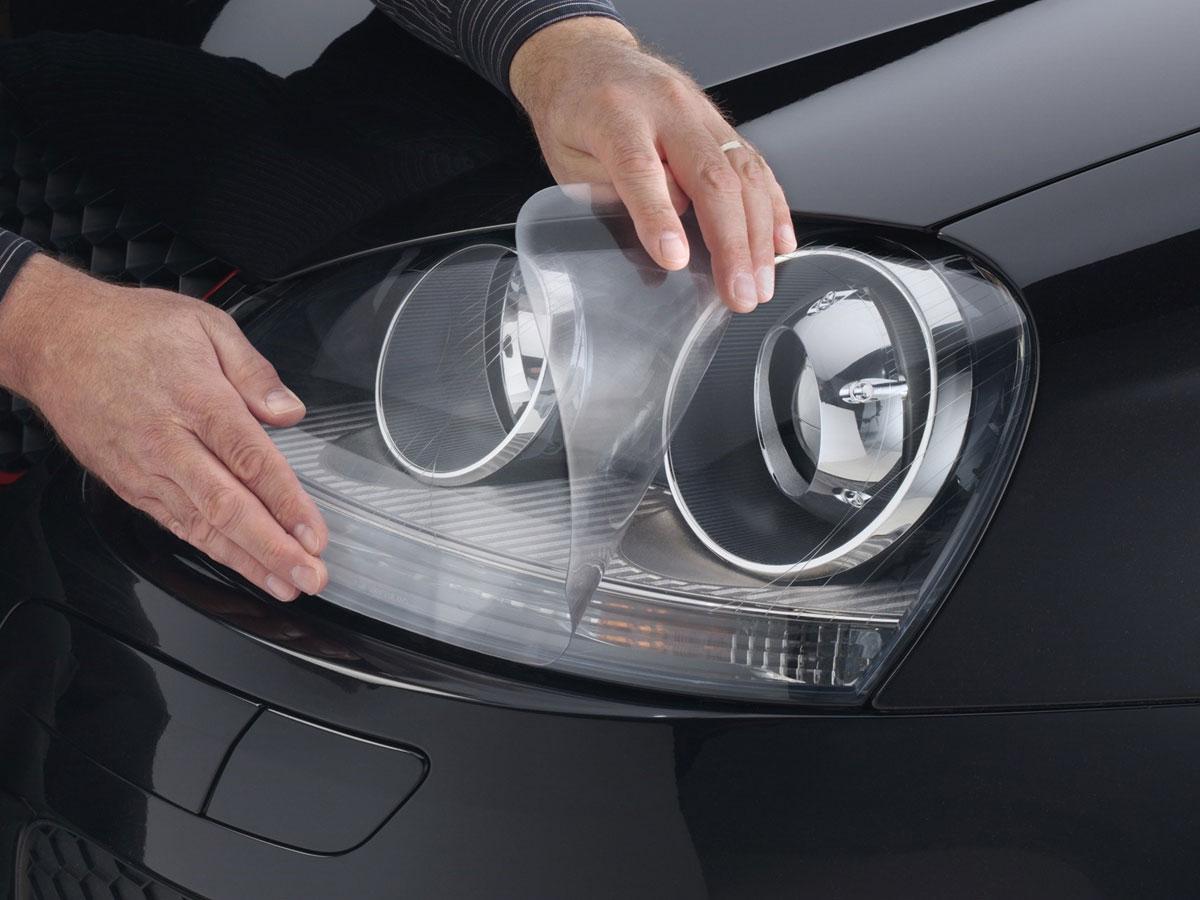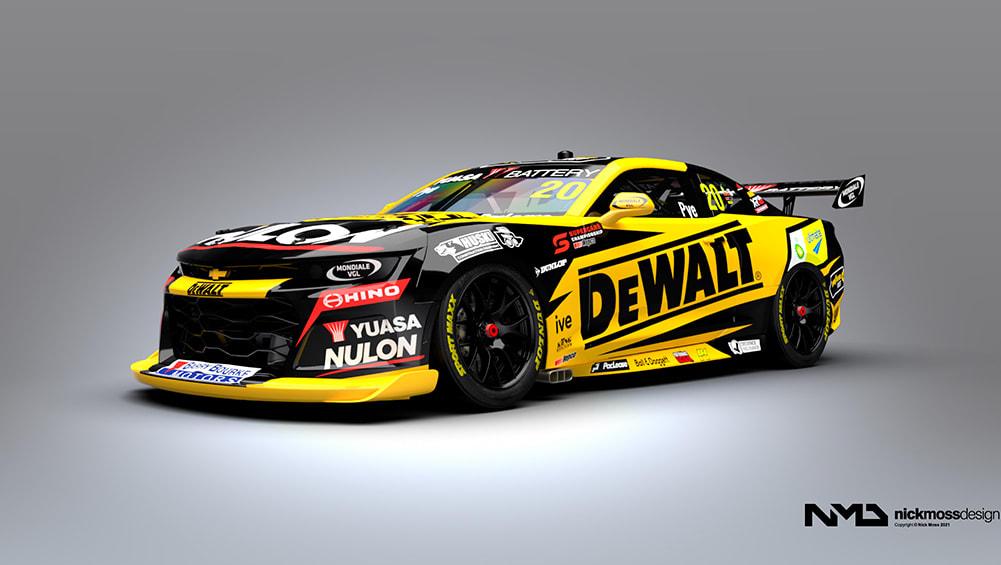
What we know about V8 Supercars Gen3 rules: how the Chevrolet Camaro and Ford Mustang will race in 2022 and beyond
Content
- Why is it called Supercars Gen3?
- What cars will be racing in 2021?
- Will they be more like road cars?
- Will Gen3 V8 supercars be cheaper?
- What engines will they use?
- Will Supercars Gen3 introduce hybrids?
- Will they use paddle shifters?
- Will new manufacturers join?
- When will Gen3 cars debut?
- Are V8 Gen3 Supercar Drivers Satisfied?
- Who owns supercars?
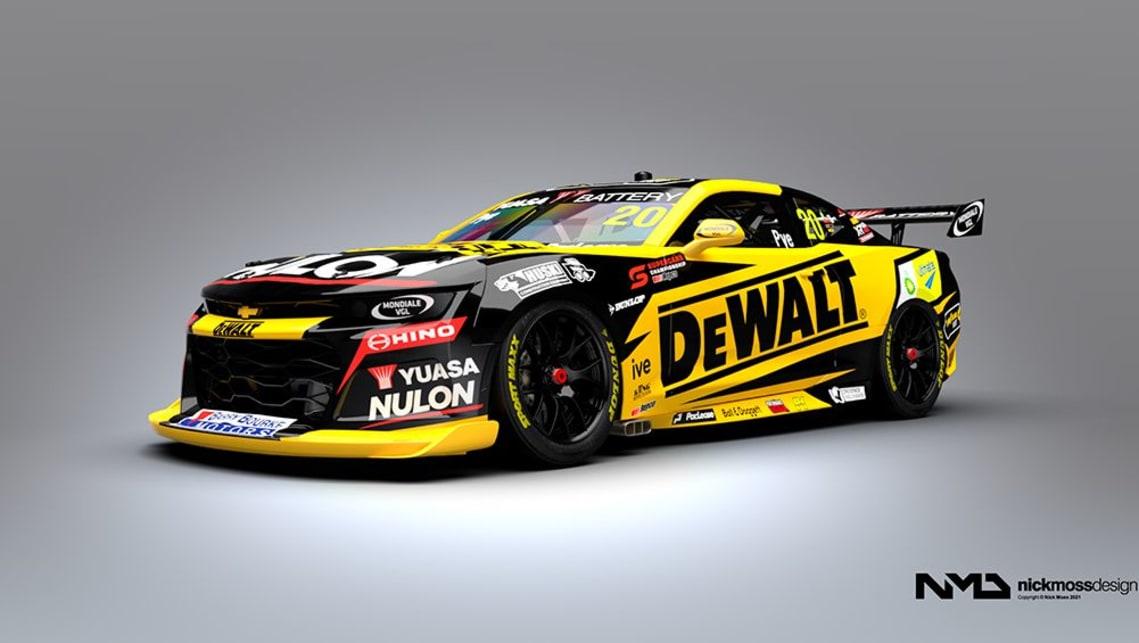
The Chevrolet Camaro will star in the next season of Supercars. (Image credit: Nick Moss Design)
In 2022, the Supercars Championship will enter a new era – in many ways. A new generation of cars is set to join the sport, and at the same time, the new owner is expected to further change the way the series is run.
Gone are Holden and the venerable Commodore, who raced the V8 supercars and its predecessor, the Australian Touring Car Championship, from the age of 1980. Instead, the Chevrolet Camaro will join the grid as General Motors Specialty Vehicles (GMSV) looks to establish itself. as Holden's replacement both on and off the track.
This is arguably the biggest change to the series since 1993, when the rulemakers ditched the global "Group A" rules in favor of domestic V8-powered Commodores and Ford Falcons. These new rules have some big ambitions - cheaper cars, more alignment with what we can buy on the showroom floor, and more action on the track.
Here's all the key V8 supercar news you need to know to master the next generation of cars.
Why is it called Supercars Gen3?
V8 supercars began in 1997, taking the place of the Australian Touring Car Championship but retaining their "Group 3A" rules for 5.0-litre V8-powered Holden and Ford vehicles. These same basic rules were in place until 2012, when the sport introduced "The Car of the Future", a new set of rules that was designed to save money by adding more commonality between cars. In hindsight, this became "Gen1" and was marked by the introduction of new cars from Nissan (Altima), Volvo (S60) and Mercedes-AMG (E63).
In 2, Gen2017 regulations were introduced that allowed coupe body options (opening the way for the Mustang to replace the defunct Falcon) as well as the option of turbocharged four- or six-cylinder engines (despite Holden testing twin-turbo V6s as part of the project) . was canceled in favor of using a 5.0-liter V8).
The Gen3 rules were announced at the 2020 Bathurst 1000 with a plan to try and open up the sport to new manufacturers and different types of cars after Holden closed and Ford's reduced participation in racing.
What cars will be racing in 2021?
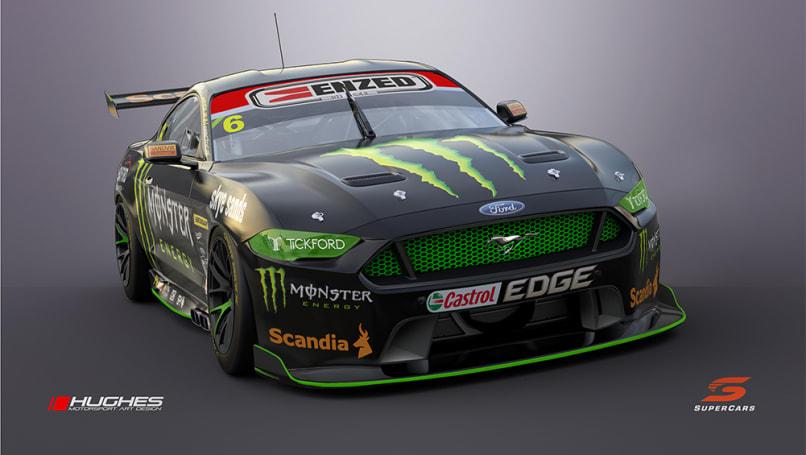 In 2019, the Mustang returned to Australia's top form of motorsport.
In 2019, the Mustang returned to Australia's top form of motorsport.
The two confirmed vehicles for 2022 will be the Chevrolet Camaro and the Ford Mustang.
Although the Camaro is not sold in Australia, GMSV supports the introduction of the car as it will help promote the Chevrolet brand as it introduces the Corvette and Silverado 1500 to the local market.
Most of the teams have already confirmed which car they will be racing in.
Camaros are expected to be driven by Triple Eight, Brad Jones Racing, Erebus Motorsport, Team 18, Team Sydney and Walkinshaw Andretti United.
Mustang teams are likely to include Dick Johnson Racing, Grove Racing, Tickford Racing, Blanchard Racing Team and Matt Stone Racing.
Will they be more like road cars?
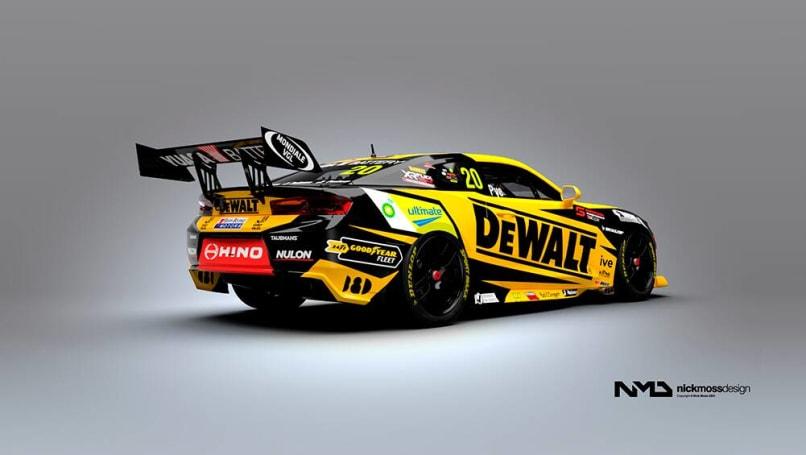 Camaro and Mustang will share a common rear spoiler. (Image credit: Nick Moss Design)
Camaro and Mustang will share a common rear spoiler. (Image credit: Nick Moss Design)
Yes, this is the plan. Supercars is heeding criticism that the cars are too far removed from their road-going counterparts. Specifically, the current Mustang has been dubbed a "sports sedan" because its bodywork had to be clumsily modified to fit the mandatory Gen2 roll cage.
Gen3 regulations require cars to be lower and wider to better look like the Camaro and Mustang you see with license plates. The goal is for most race car panels to be identical in shape to road cars; although they will be built from composite material to save costs.
Although they will still have large, aerodynamic rear wings, both Camaro and Mustang will now share a common wing. The idea of which is to cut costs and reduce downforce by about 200 kg, which should make cars more difficult to drive and easier to overtake. Overall, Supercars is aiming to cut downforce by more than 65 percent, which should help make cars more like road cars.
Will Gen3 V8 supercars be cheaper?
 Mustang will continue to compete against Commodore in 2022.
Mustang will continue to compete against Commodore in 2022.
They certainly hope so, but history shows that it is difficult for auto racing series to save money at the expense of speed. For example, The Car of the Future was supposed to cut the cost of cars down to around $250,000, but to build a car under the current rules, you would need approximately $600,000.
Gen3's goal is to get that amount down to $350,000, which is going to be tough. First, Gen2 cars cannot be converted to Gen3 specs, so all teams will have to start from scratch to build new cars. However, the long term plan is to use more controls throughout the car, which will prevent teams from trying to outdo each other in a development war; as in the current case with elements such as struts and shock absorbers.
By using more control parts, supercars will also be able to not only make each component cheaper, but also increase its lifespan, which will reduce maintenance costs. One good example of this mindset change would be replacing the spindle that attaches the wheel to the car. By reducing the size of the spindle, teams can switch from expensive pneumatic rattles to cheaper electric rattles to remove wheels during pit stops. The stated goal is to cut operating costs by up to 40 percent for teams.
What engines will they use?
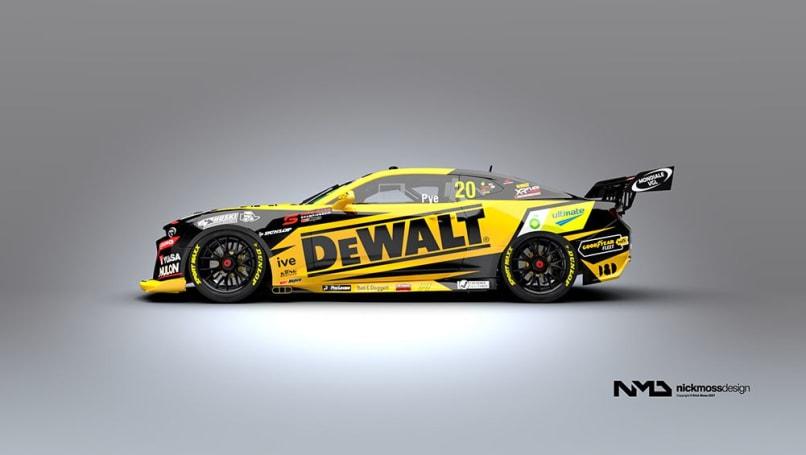 The Camaros will get a 5.7-liter V8. (Image credit: Nick Moss Design)
The Camaros will get a 5.7-liter V8. (Image credit: Nick Moss Design)
Supercar's V8 engine specs will see the biggest change, with nearly 30 years of 5.0-litre V8s coming to the sport in 2022 with new engines. Camaros will be powered by Chevrolet's 5.7-liter V8 and Ford's 5.4-liter V8.
The engines will be based on "box engines" that use common parts available from American auto giants that should help keep costs down, but have been tailored to meet the series' needs for specific V8 Supercar engines.
The Chevrolet division has already begun testing on the TA2 race car, with Triple Eight drivers Jamie Winkup and Shane van Giesbergen circling.
Ford also got a head start with their Coyote-based engine because it's based on the same engine found in the back of the Brabham BT62 and built by the same company that supplied all of DJR's engines during its recent dominant run, Mostech Race Engines. .
The goal is to reduce power from around 485kW (650hp) to around 447kW (600hp) to slow down cars and reduce stress on engines to save money.
Even though they differ in power, the plan is to equalize them for closer competition. If local manufacturers are unable to do so, Supercars said it will turn to racing specialists Ilmor, who have extensive experience building NASCAR and Indycar engines, to create parity at their US facility.
Will Supercars Gen3 introduce hybrids?
Not yet, but organizers say the rules have been written to accommodate hybrid powertrains in the future as more automakers move to electrified models.
The hybrid system will likely be a "off-the-shelf" system from a dedicated race car supplier, rather than relying on teams developing their own expensive hybrid powertrains.
Will they use paddle shifters?
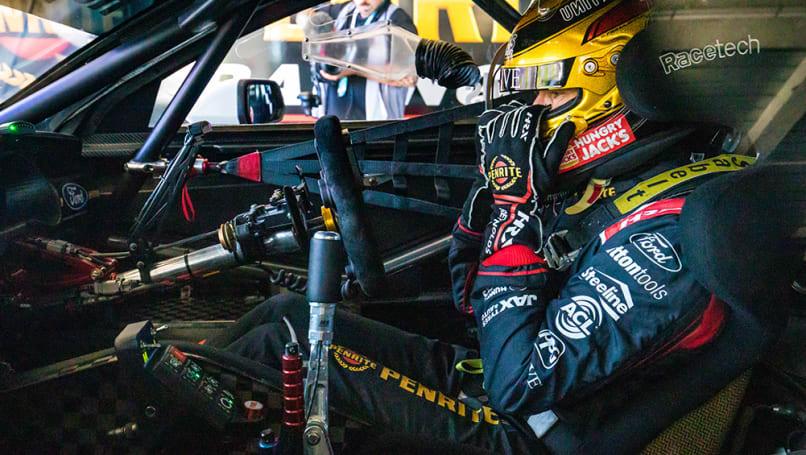 Supercar drivers are unhappy with the paddle shifters coming next season.
Supercar drivers are unhappy with the paddle shifters coming next season.
Yes, despite the protests of the drivers, the sport seems to be replacing the sequential shifter with paddle shifters. While drivers are unhappy, the move will make the cars easier to drive, Supercars and some team owners believe that the introduction of a shift paddle and an "automatic signal" for down shifting will reduce the risk of engine damage and therefore save money. .
Will new manufacturers join?
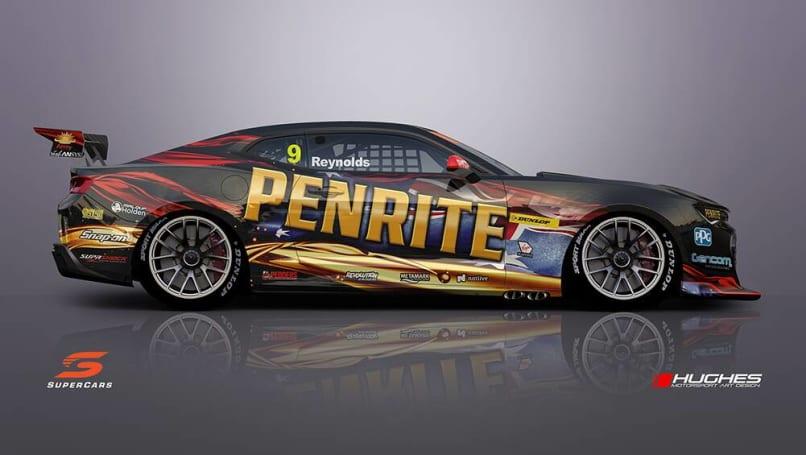 For now, only Camaros and Mustangs will line up on the Gen3 grid.
For now, only Camaros and Mustangs will line up on the Gen3 grid.
Supercars is confident that a third manufacturer will join them, and have even hinted that it will be a European brand. But, as we reported earlier, no obvious candidate emerged who would express interest in racing against Chevrolet and Ford.
When will Gen3 cars debut?
Due to a series of delays, some caused by the pandemic, Supercars has decided to delay the release of the Gen3 cars until the middle of the 2022 season. They are due to make their race debut at Sydney Motorsport Park in August.
Supercars hopes to build the first prototypes by October to begin testing. This should allow specs to be signed by early 2022, allowing teams to begin construction and individual testing before it debuts.
Are V8 Gen3 Supercar Drivers Satisfied?
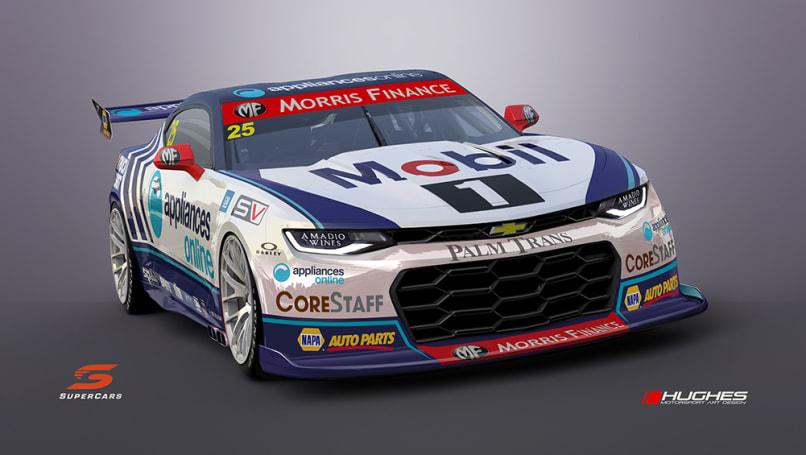 The Chevrolet Camaro will replace the Holden ZB Commodore midway through the 2022 season.
The Chevrolet Camaro will replace the Holden ZB Commodore midway through the 2022 season.
So far, drivers have been publicly positive about most of the changes, with the obvious exception of paddle shifters; which are almost universally disliked. Most teams hope that the new cars will change the competitive order, and since the drivers are competitive, they are all confident that they will do their job best.
Who owns supercars?
At press time, the company that controls the sport is owned by Archer Capital, but the firm is in the process of selling its stake to find new owners.
Current contenders for the sport include the Australian Racing Group (owners/promoters of TCR Australia, S5000, Touring Car Masters and GT World Challenge), a consortium led by Boost Mobile owner Peter Adderton and backed by News Corp's Brisbane Broncos rugby league club and a consortium led by with former racing driver Mark Skyfe and talent agency TLA Worldwide.
The process is expected to be completed by the end of the year, after which the responsibility for the introduction of Gen3 in 2022 lies with the new owners.

